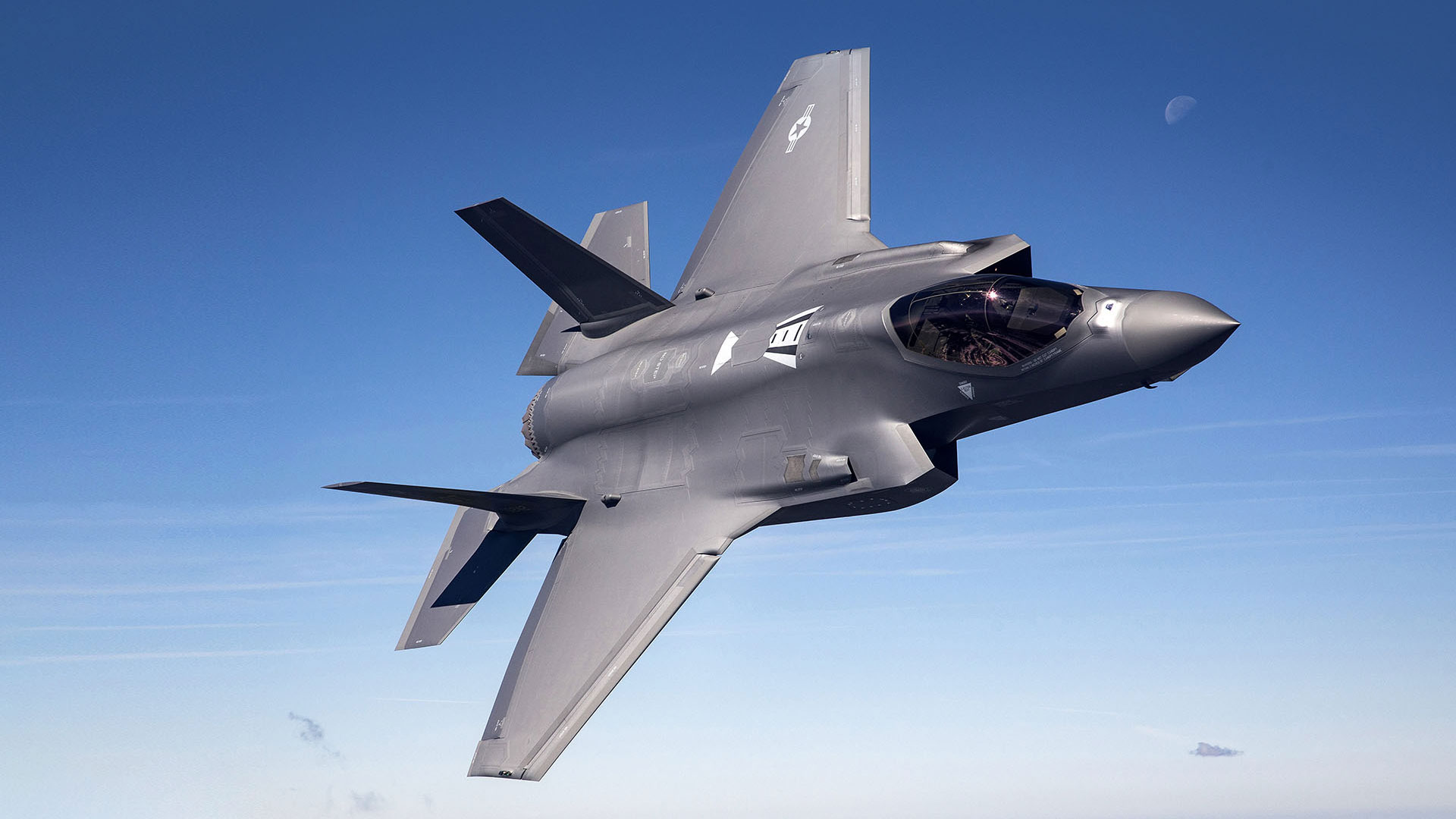Failure is Not an Option (But It’s Okay if it Happens)
How a Lockheed Martin Autonomy Engineer is Helping Build the Next Generation of Flight
In a small, unassuming hangar on the outskirts of Stratford, Connecticut, a team of engineers is working on a groundbreaking project that could change the face of unpiloted aviation forever.
Led by Jason, a chief engineer at Sikorsky Innovations, this team is developing a new type of aircraft that blends the vertical lift capabilities of a helicopter with the speed and efficiency of a fixed-wing plane.
A New Era of Flight: The Rotor Blown Wing (RBW)
The Rotor Blown Wing (RBW) is a game-changing aircraft powered by a rotor that generates lift and propulsion, and a fixed wing that provides additional lift and stability. This hybrid design allows the aircraft to take off and land vertically like a helicopter while achieving high-speed, long-range flight like a traditional airplane.
The potential applications of the RBW are vast, with missions ranging from search and rescue to long-endurance surveillance and reconnaissance.
We sat down with Jason to hear about his experience working on a first-of-its-kind aviation technology and what it has taught him about innovation, teamwork, and risk-taking.
Embracing Risk: The Key to Innovation
Working on a project like RBW requires a willingness to accept risk and push the boundaries of what's possible.
This agile approach enables the team to test, iterate and refine designs in months rather than years, accelerating progress beyond traditional development cycles. Jason recalls a pivotal moment that set the tone for the group:
"The first time we had a failure during testing for this vehicle, we were all concerned, but the approach from leadership was that we learned a lot from that test, and now we can redesign those components that failed, and use that as the baseline moving forward."
A Dream Career in Aviation
For Jason, working on RBW is a career-defining opportunity that aligns with his lifelong passion for aircraft design.
"I've always wanted to work on new aircraft development, and it's been a really rewarding area for me."
Beyond the excitement of working on trailblazing technology, Jason said he values the opportunities for career growth, skill development, and collaboration that Lockheed Martin offers.
Most importantly, Jason enjoys seeing how the projects he works on directly benefit military personnel.
"I've always been proud of the work that Sikorsky does. You'll regularly hear of the various life-saving missions that Sikorsky products do, and every time we walk through the door, there's a screen that is updated with how many lives our products have saved each year. It's incredible to see how useful and applicable these vehicles are, and what they actually mean for people.”
The Future of Autonomous Aviation
RBW is designed to meet the urgent mission needs of Lockheed Martin's customers that current aircraft cannot fulfill.
To address these gaps in capability, the aircraft is being developed with autonomous operation features, including real-time navigation and decision making enabled by AI algorithms and advanced sensors.
Autonomy in aviation offers significant advantages including improved safety, enhanced operational efficiency and increased mission flexibility. In the future, autonomous aircraft will support a wide range of missions, from surveillance and reconnaissance to cargo transport and medical evacuation.
And as the defense industry continues to evolve, the need for systems that can operate seamlessly together to achieve a common goal is becoming increasingly important.
RBW integrates Sikorsky’s MATRIX™ technology, a sophisticated flight control system that combines software and hardware components to enable operation in complex environments.
"Flying with MATRIX gives us a pathway to easy customer operation off of a tablet or a single computer interface. There’s the potential for pilot-drone teaming, where you're able to send mission commands to the vehicle and it can go out and execute autonomously."
By leveraging autonomy, RBW has the potential to revolutionize mission execution, ensuring greater effectiveness while reducing the risk for human operators.
A Culture of Innovation & Speed
Lockheed Martin's Sikorsky Innovations operates with the nimbleness of a startup within the context of a larger, more resourced company.
"We're operating in a fast schedule, we're taking risks, and we're trying to advance these technologies as fast as we can. But unlike a startup, we have the resources that we can pull from the greater Sikorsky and Lockheed business to enable us to move at speeds that you otherwise wouldn't be able to."
This combination of innovation and resources enables Jason's team to develop remarkable technology at an unprecedented pace, and they're just getting started.




